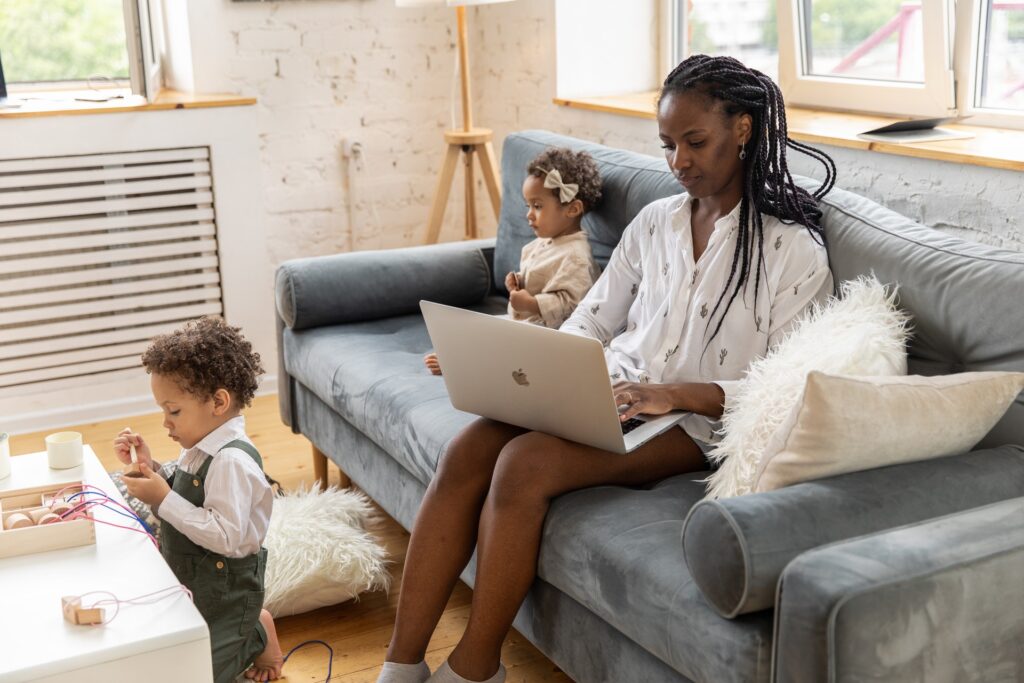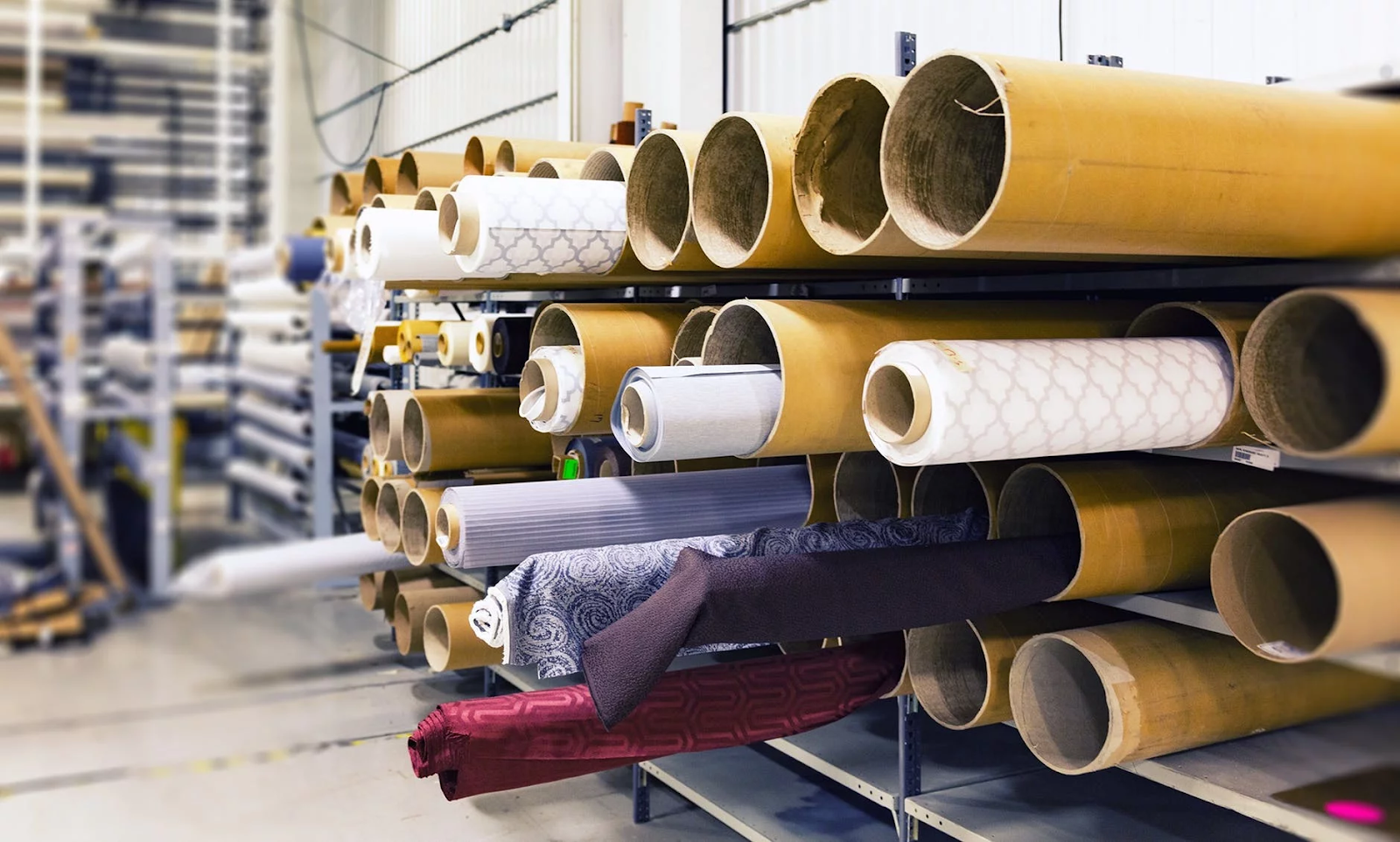
In Covid-19, businesses are slowly but surely getting back to normal; that means it’s time for recruits, but times are changing, and now people have the opportunity to work remotely from their home. So, how do businesses keep up with the digital times? With remote onboarding.
With people working from home or remotely, digital onboarding must be in place too, and how do we get it right? Without the close and social aspect of onboarding in a physical setting, there need to be many changes to get it right.
A myth about onboarding is that there are some flowers on a desk and a checklist checked off. However, it is decidedly not that easy. Onboarding is so much more; it is integrating a new employee with a company and its culture and getting a new hire the tools and information needed to become a productive member of the team. It should be a strategic process, and it is the most significant step in creating an effective team. So, here is how to do it.
First Day
It is important to rethink your onboarding place in terms of tasks, first day, etc. To translate the physical events of onboarding to digital events:
- Think of social perspective instead of physical perspective.
- Maybe use Skype, Zoom, or Microsoft teams to meet and greet the rest of the team.
- Give the new hire a virtual tour of the office.

Develop a two-week plan
Remote workers are going to take longer to onboard because they aren’t in an office with others. So patience is key, and so is structure. Creating a plan, setting up meetings (three to four a day) with agendas and video links will reduce the stress and anxiety commonplace in new hires. Each session can be dedicated to a new process they need to learn.
And create a training list with a different individual of the team, giving the new hire a chance to learn something new and meet the team one on one.
Start with small projects.
Giving the new hire projects within the first couple of weeks a project to work on, which requires cross-team collaboration, information at the company, and regular ceremonies within your remote culture, is super helpful because it gets their minds working and gets them invested in the company. It helps them learn at their own pace.
Onboard in cohorts
Onboarding in groups is a great way to minimise the effort of onboarding new hires and training them, and it creates a new community for them. It creates an environment for people to feel comfortable collaborating and makes the new hires feel less anxious and nervous.
Ask for feedback
If you are not experienced in running a remote team, and this is something new to you, no one is going to get it right the first time, so ask for feedback; ask each new employee to pay close attention to the process and tell you what worked and what didn’t. This will allow you to improve the process for future hires continuously.








